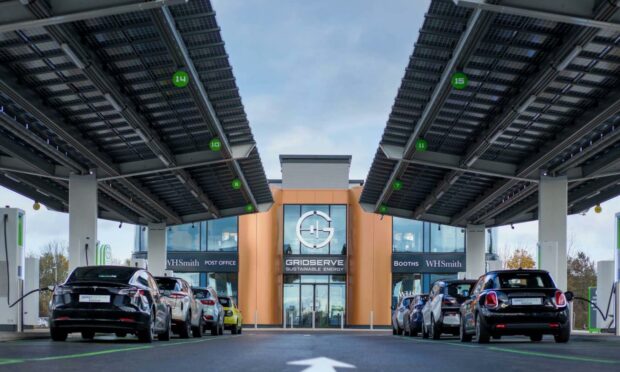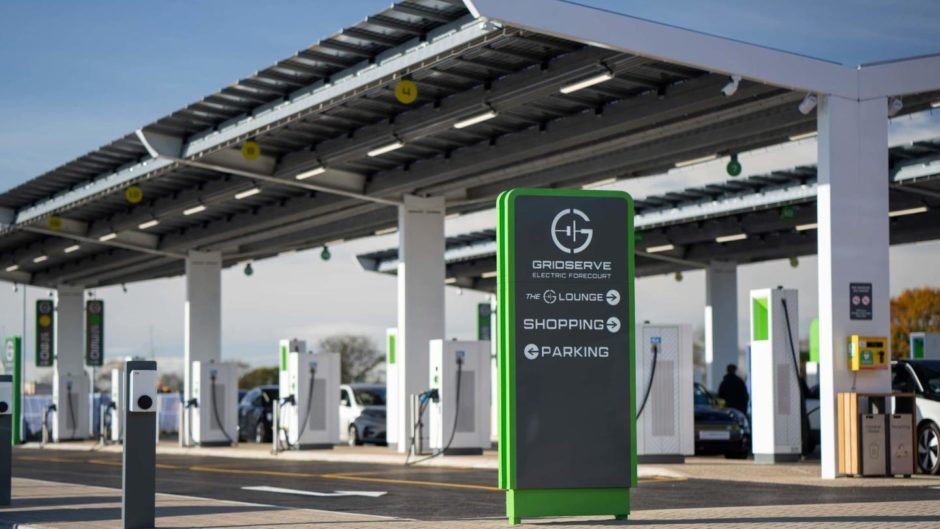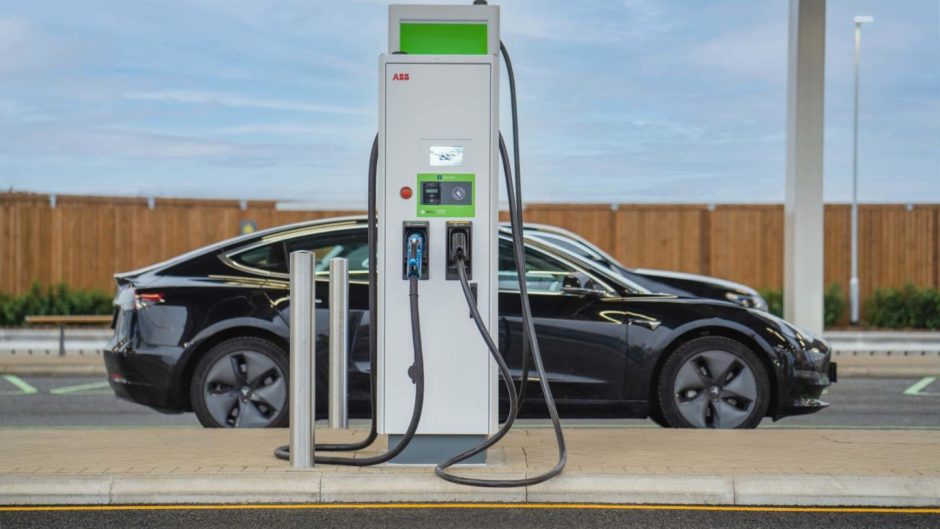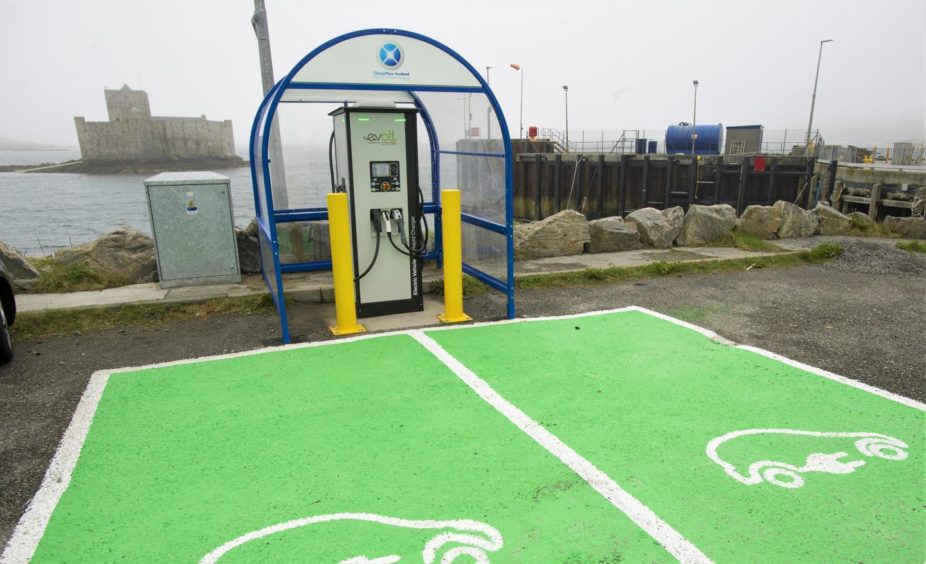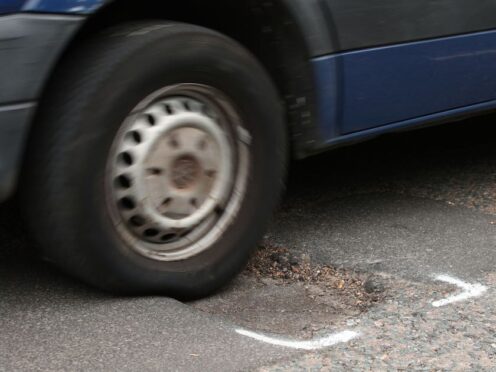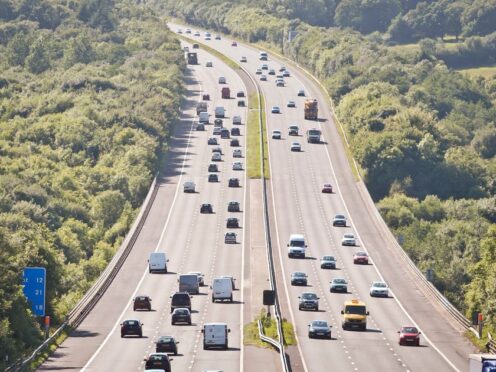With the cost of electric vehicles dropping and battery technology rapidly advancing, more people than ever are making the switch to a greener drive. But is the lack of charging points a roadblock to us all going electric?
Buying an electric vehicle (EV) is one way to play our part in reducing carbon emissions, with battery electric vehicles producing zero CO2 tailpipe emissions.
All-electric car sales overtaking hybrids and plug-in EVs
In light of this, the rate of EV sales in the UK is growing rapidly, last year seeing the biggest annual increase with more than 175,000 electric vehicles registered – a growth of 66% on 2019 according to nextgreencar.com. In 2021, EV sales have now overtaken PHEVs sales with 162% growth year to date when comparing 2021 to 2020 as of the end of June 2021.
There’s little doubt that we are about to undergo an electric revolution. However, for the whole of the UK to move to EVs, a coordinated network of public charging points is essential, and range anxiety continues to plague possible EV converts. Essentially, the net-zero dream hinges on our motorways and urban spaces having enough infrastructure.
Scotland has a public network of around 1,800 charging points operated by Swarco, ChargePlace and Ioniq, among others, with charging hubs in Falkirk, Dundee and Edinburgh. However, drive elsewhere in the UK and you’ll find a much wider choice, each with a different charge card and varying prices. This can be very frustrating, even for the committed EV owner.
Fiona Hodgson, of Actuate UK, which represents eight of the UK’s major engineering services trade bodies, says any new hardware must be reinforced by joined-up thinking.
Ms Hodgson said: “Scotland has an integrated plan through Transport Scotland, but without a similar network across the whole of the UK, customers won’t make the necessary switch to EV.
“Drivers are understandably worried about being stranded without power, so we must make an integrated UK EV charging network a priority in the shift to fossil-free motoring.”
EV range remains a concern for drivers
Currently, Chargeplacescotland.com (Scotland’s public EV charging network) offers an interactive map to help motorists plan routes with charge points, detailing types of charger and costs. It is also possible that big names with deep pockets, such as BP and Shell, will also soon make the switch to all-electric forecourts.
Although many charge point locations are ideal for city drivers, for those who routinely cover long distances or are unable to fully charge at home, this still may not be enough to offset range concerns.
It’s essential that EV drivers feel confident using the public charge point network
North-east MSP and shadow cabinet secretary for net zero, energy and transport, Liam Kerr, raised the issue over the provision and reliability of charge points for north-east drivers with transport minister Graeme Day earlier this month. Mr Kerr’s questions focused on location of charge points, how the public can access information and – ultimately – who is responsible for the maintenance and repair of EV chargers.
Mr Kerr said: “The UK Government has already announced a world-leading £2.5 billion package to support consumers to make this transition.
“Scotland is a major part of this and the SNP Government must fully support councils to ensure they have enough charging points in their area.
“It’s essential that EV drivers feel confident using the public charge point network which is why the SNP must work with the UK Government to deliver the best possible rollout for areas such as the north-east of Scotland.”
Better rural EV support needed
Scottish Greens transport spokesperson Mark Ruskell also points out the problems for rural drivers saying: “More important than a one-size-fits-all approach is addressing huge inconsistencies in coverage.
“Dundee, for example has great charging hubs across the city while Edinburgh has only a handful of chargers. Some parts of rural Scotland could do with much better coverage where the range of electric vehicles is really tested.
“Ultimately though we need to look at this in the round, so as well as expanding the Switched on Towns fund we also need to make sure public transport reaches every community and that Scotland is well served by safe active travel routes.”
It is the hosts’ responsibility to ensure that the charge points are maintained
Currently, there is no specific ministerial oversight of the charging system with Mr Dey responding that responsibility for maintenance lies with the “hosts” of the charge points, which includes hotels, councils and businesses, among others.
He said: “Charge points on the ChargePlace Scotland (CPS) network are installed and owned by the respective hosts. As set out in the grant award terms and conditions, it is the hosts’ responsibility to ensure that the charge points are maintained and in a serviceable condition.
He added: “There are a number of private network operator who also provide charge points in Scotland. Scottish ministers have no role in monitoring these.”
EV charging costs vary between operators
It is also down to the hosts to establish costs, as detailed recently in the Press and Journal. During the early implementation of electric vehicle charging units, there was an expectation by Transport Scotland that there would be no charge to the customer to use the units in order to help support a wider uptake of electric vehicles.
However, the number of charging events has continued to rise and has resulted in an increase in costs associated with operation and maintenance of the network. Charging fees were all but inevitable, now ranging from 21p per kWh (Aberdeenshire Council) up to 69p per kWh.
North-east councils planning for increased EV charger demand
Aberdeenshire Council finally introduced tariffs for charge points in January this year, with no connection fee and costs to be reviewed annually. For the north-east, it indicates growing pressure on council budgets if no mechanism for cost recovery is put in place.
In March, Aberdeen City Council approved its climate-change plan and commitment to expand the charging network. The council also made efforts to predict the growth of EVs locally over five and 10-year periods with the EV Framework Report suggesting that “the total number of charge points required by 2030 will treble to around 266”.
However, given the rapidly accelerating uptake in EVs, it is unclear whether this will be enough to meet demand. And a further issue persists: whether large-scale charging installations can actually cope with demand.
We believe the future is electric – but people need incentives to start switching to that future now
Ms Hodgson said: “The surge in demand for electricity needs forethought. The solution to the charging surge is collective thinking about energy storage.
“A system of mini-grids with battery storage is one-way to capture electricity generated in homes and other small-scale ventures. This would generate enough electricity to power local charging points.”
In advance of the upcoming COP26 summit in Glasgow in November, Alan Wilson, managing director of Select, Scotland’s largest construction trade association, says leaders must provide “a plan, not just promises”.
He added: “At Select, we believe the future is electric – but people need incentives to start switching to that future now.”
New app will let drivers access EV charger account and transactions
This week, Swarco completed the first phase of migrating ChargePlace Scotland’s 1,800 publicly available charge points over to its own network platform which will give the operator full visibility of all publicly available charge points.
The company plans to launch an app which will give drivers access to transaction data and account information.
Martin Symes, Swarco framework director for ChargePlace Scotland, said: “We have successfully completed the first step, and we are on our way to improving the network and delivering the very best for the people of Scotland.”
